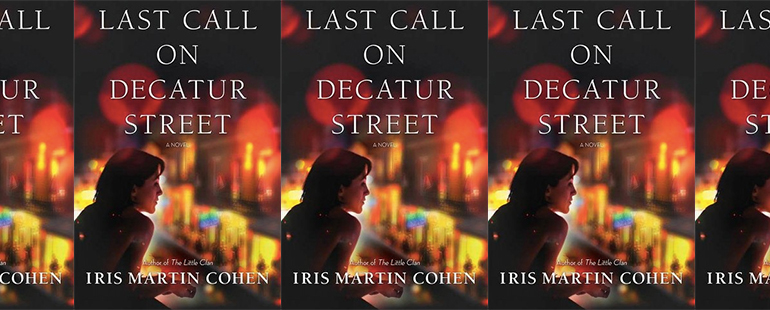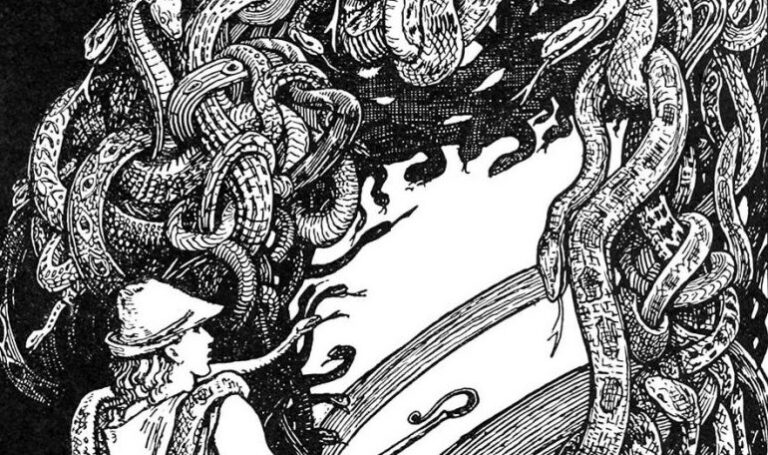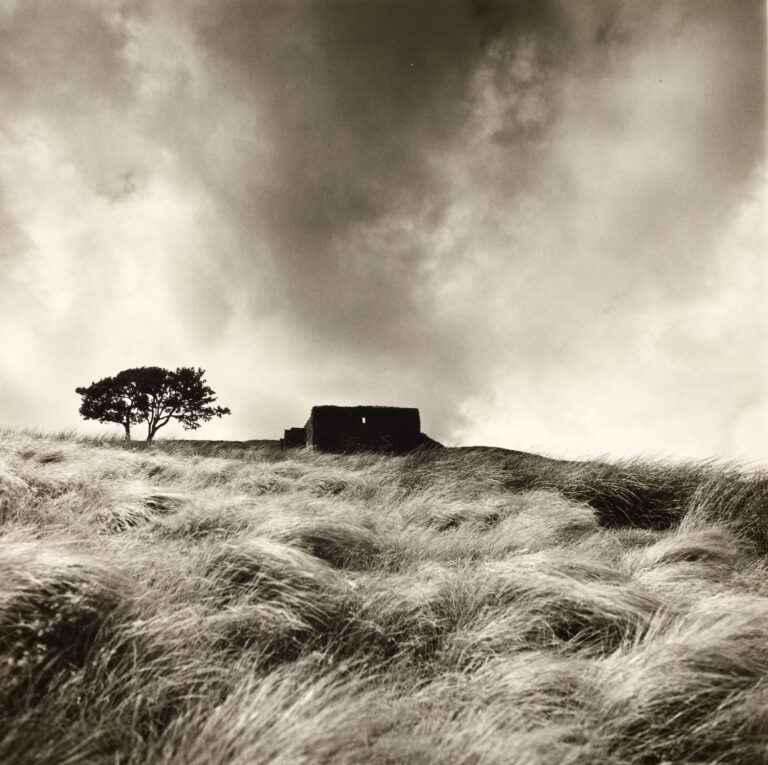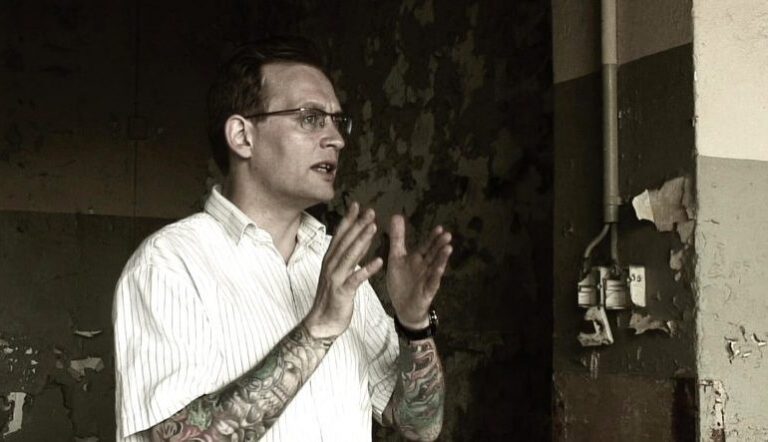Untold Stories in Last Call on Decatur Street

Rosemary Grossman, the protagonist of Iris Martin Cohen’s Last Call on Decatur Street, out this week, is stuck on a trajectory she suspects will end in quiet tragedy. Having lost her college scholarship due to excessive drinking and having subsequently returned to her hometown of New Orleans, she finds herself working in the tourist-heavy, alcohol-soaked nightlife industry. Surrounded by coworkers who offer fleeting friendship, she is utterly alone, and now her beloved dog has died, and she is no longer on speaking terms with her best friend Gaby, the only person who could offer her real solace. Exacerbating matters, throughout the book (which takes place over the course of one long, sleepless night) Rosemary has started seeing herself reflected in her mother, whom she begins to view as an older, crumbling version of herself—giving her a glimpse into her own dire future and leading to the realization that she, too, is headed toward a life of alcohol abuse. Perhaps it is this acknowledgment that enhances her journey of self-discovery as she examines the privilege and historical atrocities that have shaped both her life and city.
A French Quarter baby, raised by a single mother in bars and nightclubs, Rosemary’s life is reflected in and profoundly connected to the pulse of New Orleans in 2004. Her job as a burlesque dancer is the epitome of everything she loves about the city: the flamboyant creativity, the indulgent excess, the liberating oblivion. On stage, she is confident, comfortable, and unencumbered by the failures, fears, and staggering weight of the past that permeates every other patch of her life. But under the surface brims a lethal combination of southern manners and the suppression of violent racial tension, a willful denial of the ugly history still evident in each of the city’ gemstones and tourist traps, an insistent ignorance of systemic injustices, and a bracing for a disaster neither the city nor Rosemary know is coming. “My New Orleans,” Rosemary explains, “is an unsteady territory I could never hold forth on, a dangerous miasma . . . I didn’t understand it. But I felt its weight in my body, a strange, invisible pressure . . . Everything was unsaid but intuited, our way of doing things, a silence as heavy as iron.” Strangers, she argues “could come and enjoy the intoxication of it all without the shame, the curse that resided deep in your bones.”
This curse that Rosemary refers to is the weight of racism, which extends back to the city’s days as a central hub of African enslavement and is perpetuated not only in the twisted celebration of atrocities (such as a café built on the site of a former auction block that uses a slavery-related term in its name) but in the persistent separation and oppression of its Black residents. One example of the loaded lines of division within the city becomes apparent when Rosemary chats with Black workers at a strip club—all of them New Orleans natives—about her job at a lingerie store on Magazine Street, while their white coworker—from somewhere else—talks the place up, urging the Black women to visit the store. “I wished she would stop,” Rosemary reflects.
She couldn’t hear the chill in the room. The way that I knew Delphine and Nia were from here and that they didn’t go to Magazine Street to shop and the way this wouldn’t occur to Elsa and I was jealous of her obliviousness. Jealous of her for being from somewhere else and landing here and being friends with her coworkers and not having to feel that constant line that shimmered between us, the dividing wall of color that popped up in the most arbitrary and stupid ways, like where you bought your fucking underwear. Maybe I was wrong. Maybe it wasn’t so insurmountable, but how did you break through an obstruction that no one would even acknowledge? . . . At Mardi Gras, they watched the same parades from different corners, they drank different liquors at different bars and, when we brushed up against each other like now, sometimes we could all laugh and talk like we occupied the same essential city, but then unexpectedly, arbitrarily, the lines would reappear, and I felt ashamed.
Like New Orleans, a place of inequity and division masquerading as a year-round costume ball, Rosemary hides beneath a hard façade of witty sarcasm. Beneath it, she is a volcano of emotions waiting to erupt. And on the night the book takes place, the death of her dog is causing her mask to slip. We see Rosemary as she truly is—a sensitive, lonely person aching for connection and wounded by empathy, and a believer who eagerly devotes her life to caring for and seeing the beauty in that which is ill, be it her dog, her friendship, or her hometown.
But for all that Rosemary perceives and intuits, her blind spots are relentless. Even as she recognizes them, they continue to elude her. Rosemary’s gnawing sense of loneliness and outcast status is alleviated solely by her relationship with her best friend, Gaby. Though Rosemary hears comments and sees looks levied against Gaby and knows they have to do with the color of her skin, she fools herself into believing that her own low-class status combined with her mother’s drinking and series of insignificant, unmemorable boyfriends set her and Gaby on equal ground. For years, Rosemary believes that the two of them are the same—struggling, unpopular girls who share a love of the same books, movies, and games; who like to drink and dance together; and who possess a secret superiority to the snobby rich girls because they have something that no one else does: each other. But as Rosemary recalls the summer before senior year of high school, the significant gap between them is revealed during an altercation with law enforcement, brought on by a prank against their school principal that is conceived and pushed by Rosemary. The incident—which ends in typically calm and collected Gaby dry heaving before being put in the back of a police cruiser—its aftermath, and Rosemary’s persistent attempts to get Gaby to laugh it off, refusing to grasp what the police force means to a young Black person, lead to a falling out between the two.
As a white woman who sees herself as an ally to Black, Indigenous, and Non-Black people of color, it’s easy for me to sympathize with Rosemary’s blindness. Even when we see injustice all around, we want to believe that we are above it, that our collective shame bridges the gaps, creating equality through our mere acknowledgment of how horribly unjust our reality is. We want to believe that our failures and poor choices make up for the fact that we were born with the privilege necessary to meander and search and sometimes even spoil our potential. Rosemary wants very badly for her and Gaby to be the love that trumps the hate, equals who would work together to topple the existing system rather than pawns stuck on opposite sides of it, and this desire is so powerful that it can make all of her awareness and sensitivity with regard to the complicated and dark racial dynamics of her hometown lose its bite as she fails to see that what she reads as a classic story of a friendship between two outcasts has always been a story about racism.
But on the night that Rosemary’s dog dies, knocking her balance and cracking her façade of unsentimental cool, she wanders her city at night, accompanied by another lost soul she meets along the way. Grief-stricken by separate losses, they each come to see the city through new eyes. As she witnesses and ponders—not for the first time—the chasms that mark her urban landscape like sinkholes of oppression, her mind clears, zooming out to reframe her own memories, and forcing her to come to grips with everything she’d seen but refused to truly observe: all those little incidents in which Gaby was rejected, denied, or persecuted for the color of her skin. Rather than recalling the Little Mermaid scenes they staged at a neighbor’s pool, she recalls how the neighbors kept their eye on Gaby, then reneged on their generosity and asked that they not come back. Rather than focusing on the fact that the policeman called by their principal was in fact nothing more than a member of the neighborhood watch, she sees the panic in Gaby’s eyes as she entered a system she’d been warned all her life to avoid. Rosemary recalls all the times she laughed such moments off, thinking she was being a good friend by offering levity and distraction. How badly she wanted them to be rebels together, refusing to acknowledge how dangerous a choice like that would be for Gaby. The pressures placed on Gaby by her family to do better than anyone else, and how none of it mattered in the end because every system condemned her from the start.
Last Call on Decatur Street is a preface to the collapse of a city constructed upon unspoken injustices, a flashback to life before Hurricane Katrina tore off the beautiful façade that for years managed to distract many people from the ugly sentiments beneath. It is a story about sufficiently loving what is broken to want to repair it. But it is also the story us allies try not to tell ourselves: the story of how our perception of ourselves as liberal makes no difference. The story of an ignorance that toes the line between naïve and willful. The story of how our privilege hinges on the existence of the underprivileged, and of how sometimes we succeed because there is someone of lesser status in close proximity for the powers that be to compare us to and prefer us to. The story of how we all engage in and perpetuate racism, whether we perpetuate it, reap the benefits of it, or simply refuse to acknowledge its effects on our immediate surroundings, insisting that it is all around us but doesn’t touch us. Last Call on Decatur Street is a reflection, a condemnation, and a compassionate call to action; it is the story of how we can start to open our eyes to see better and do better.


